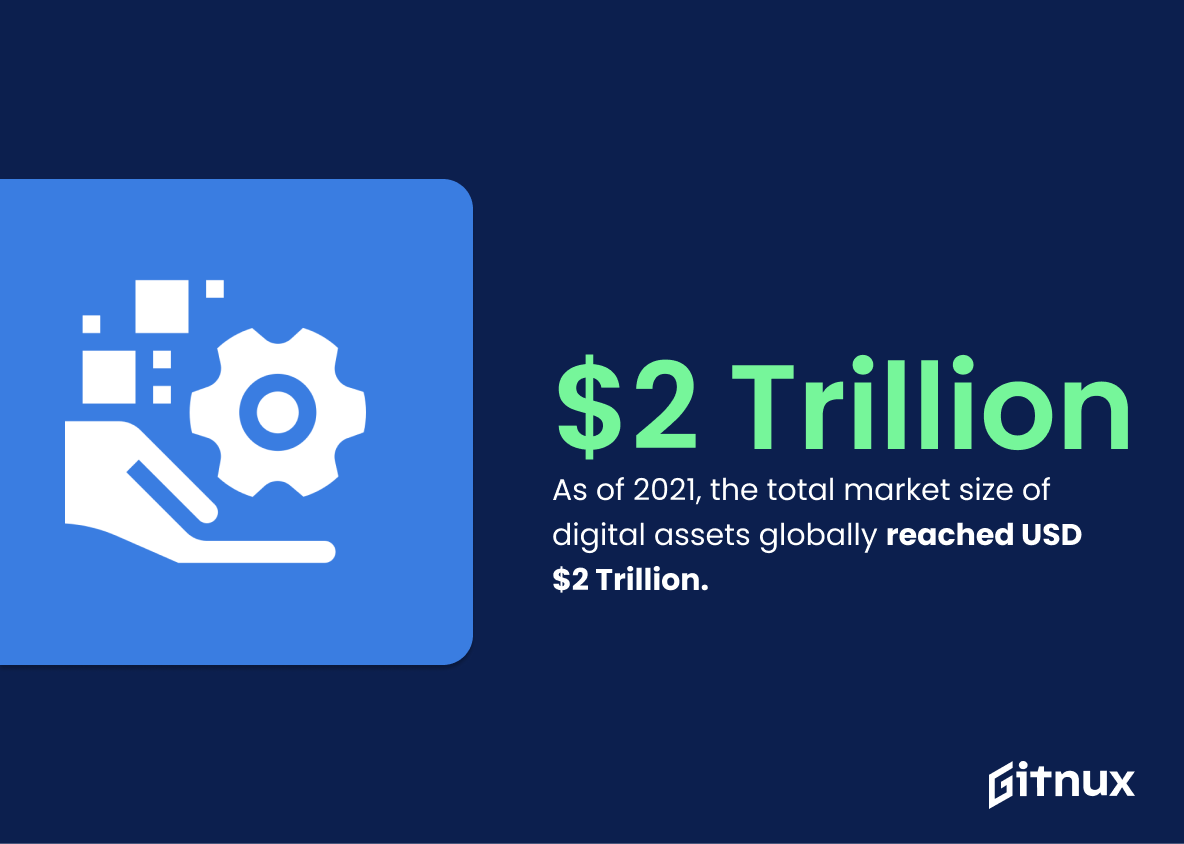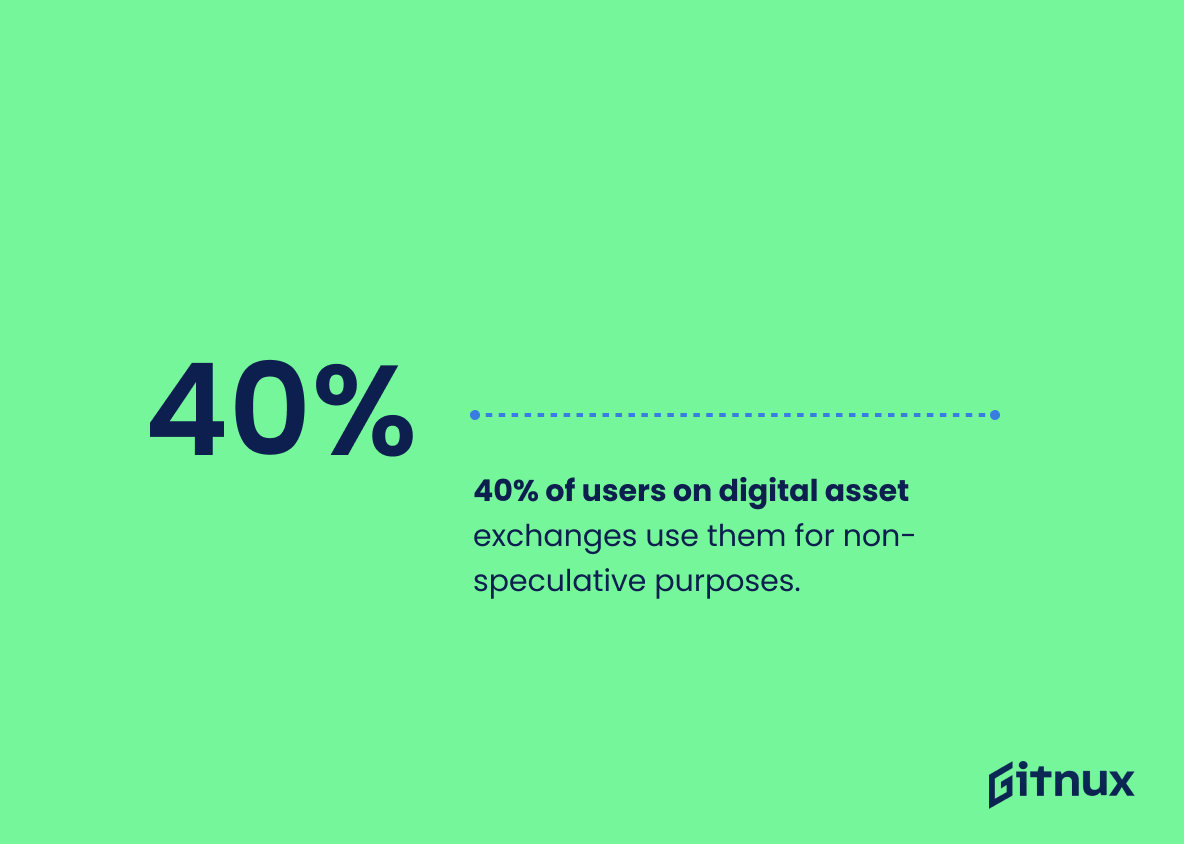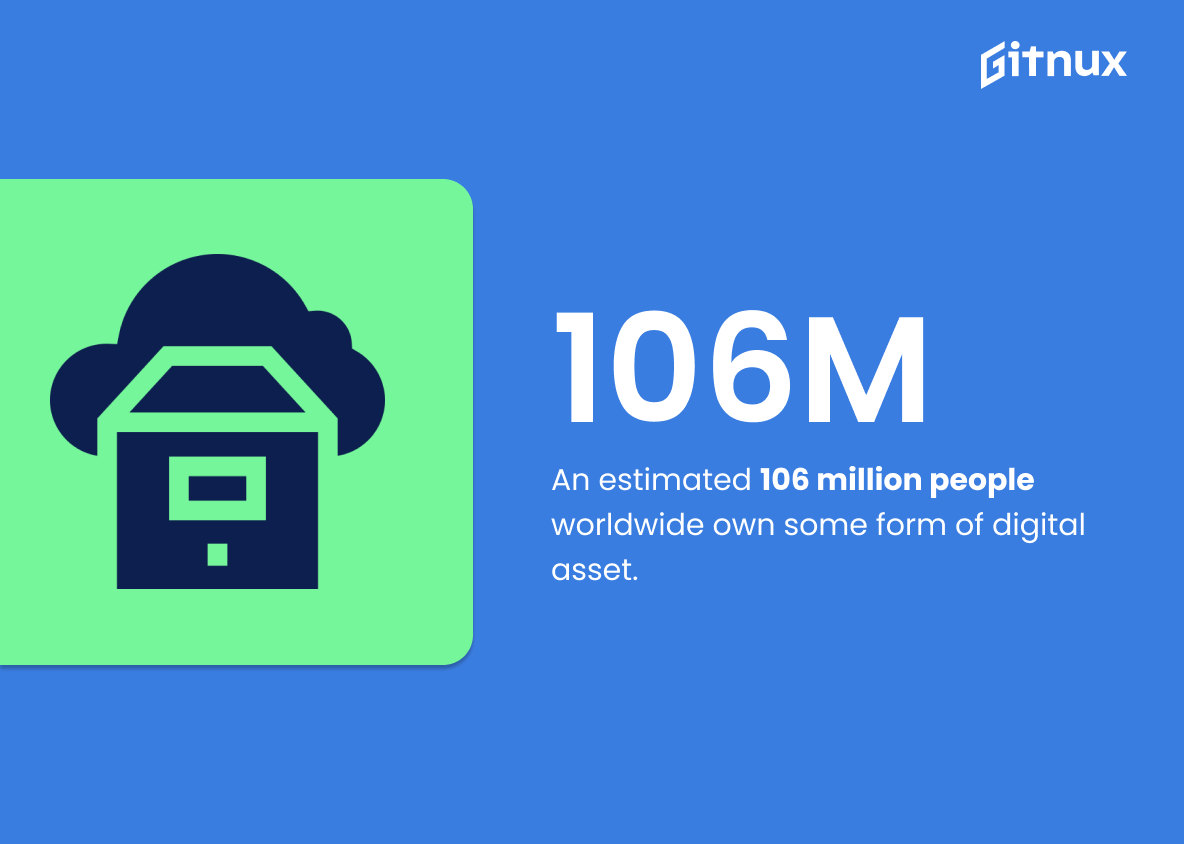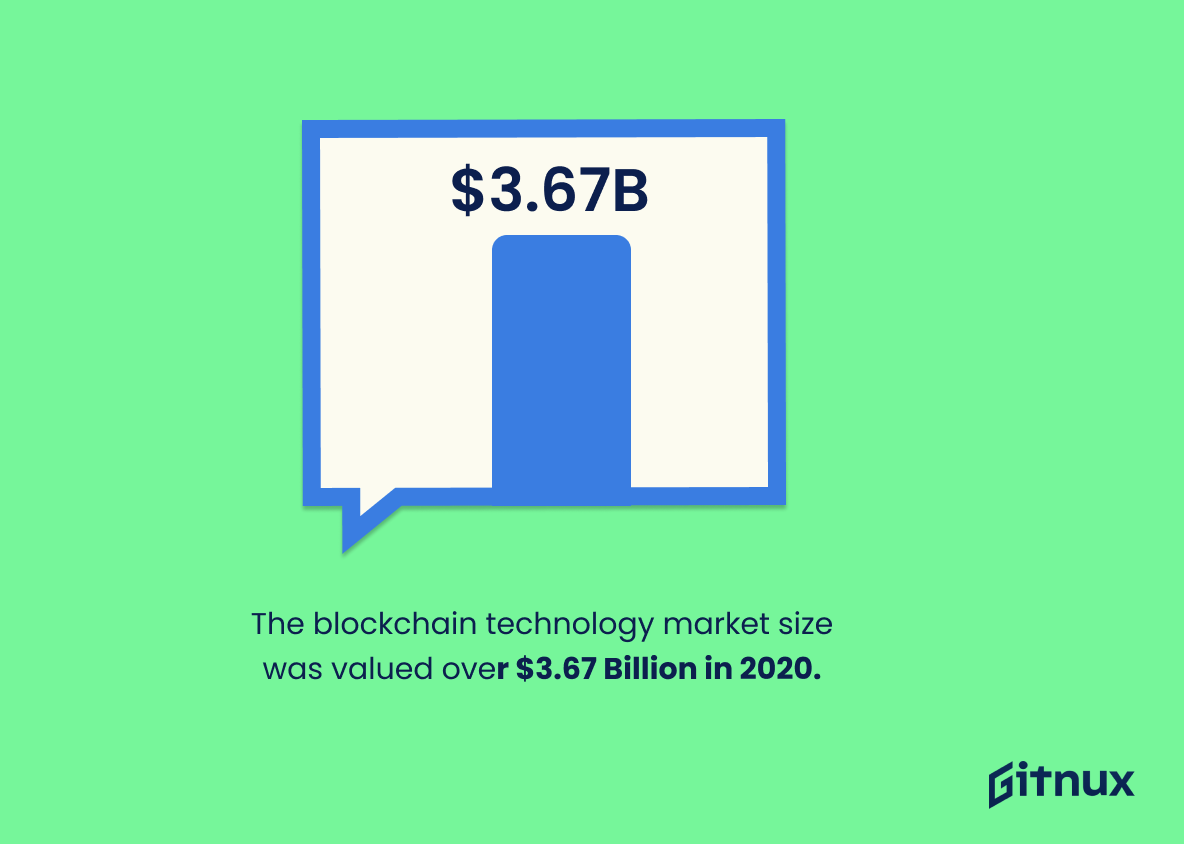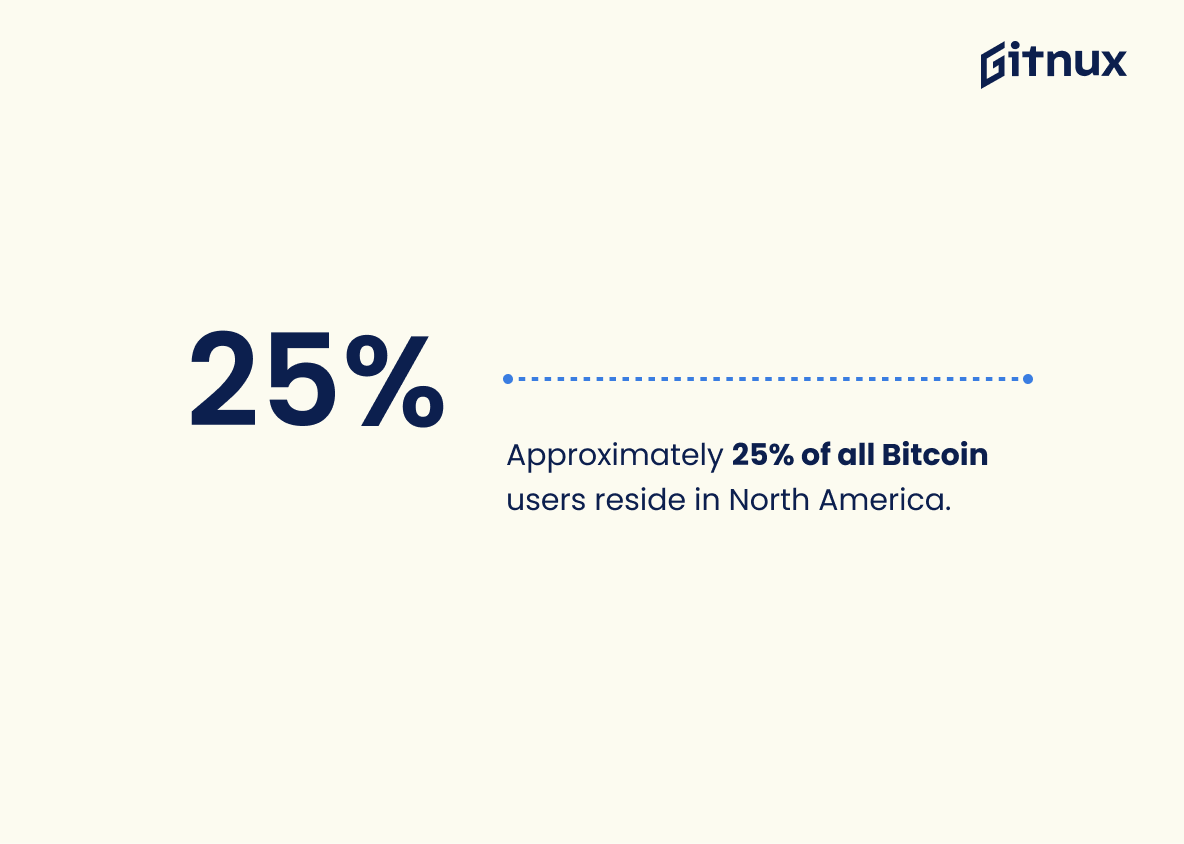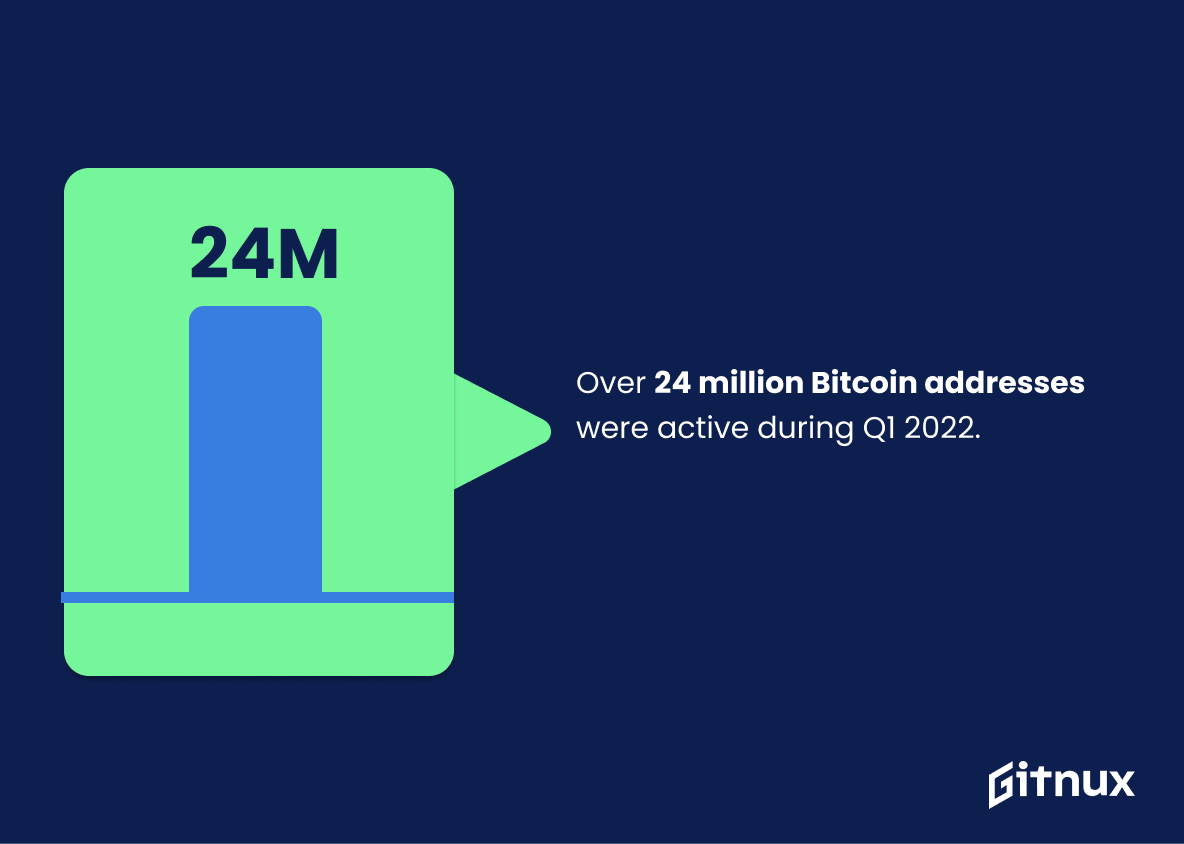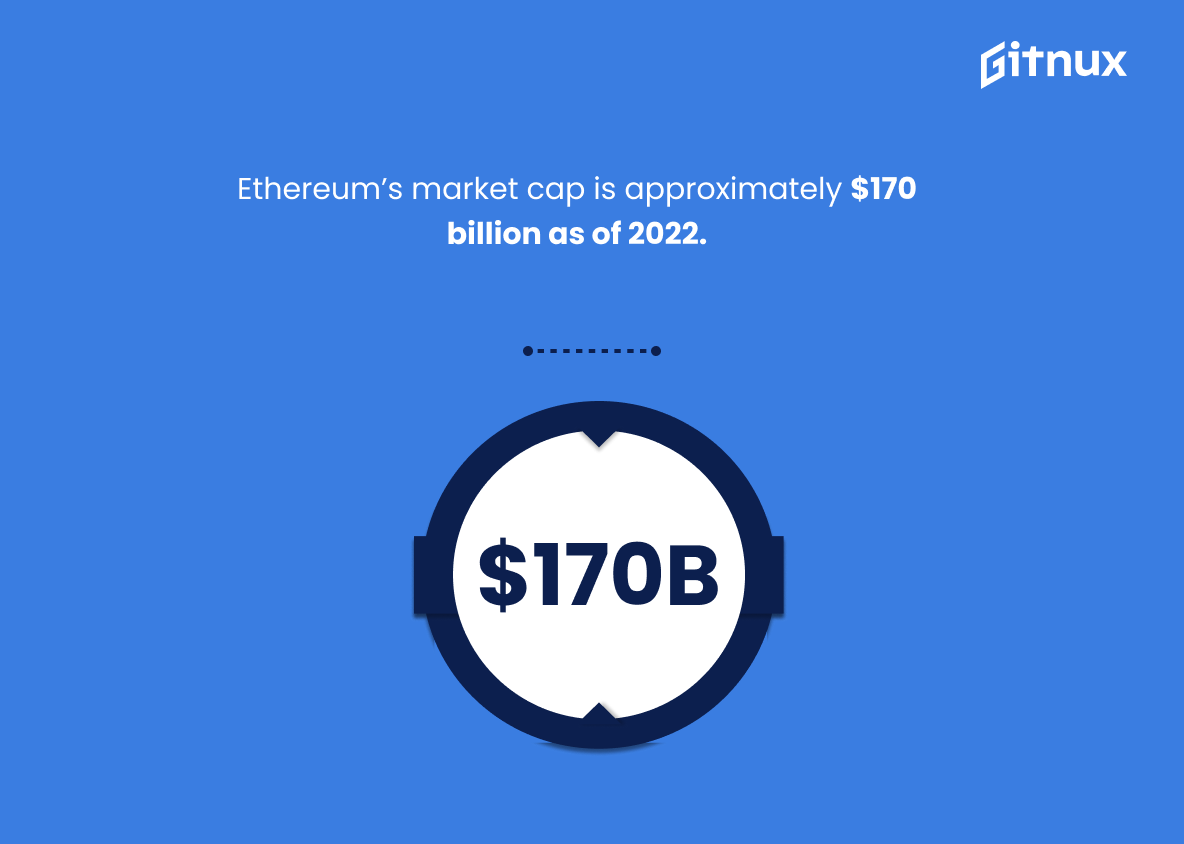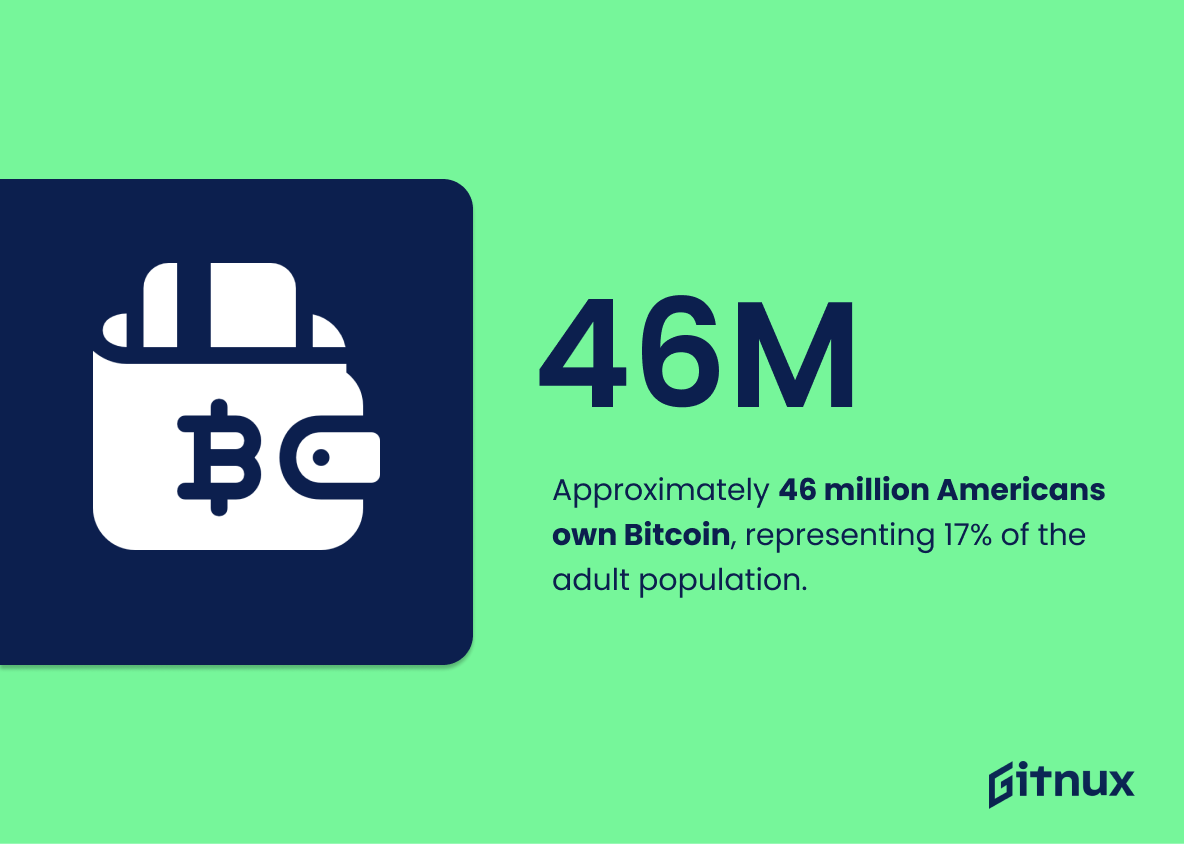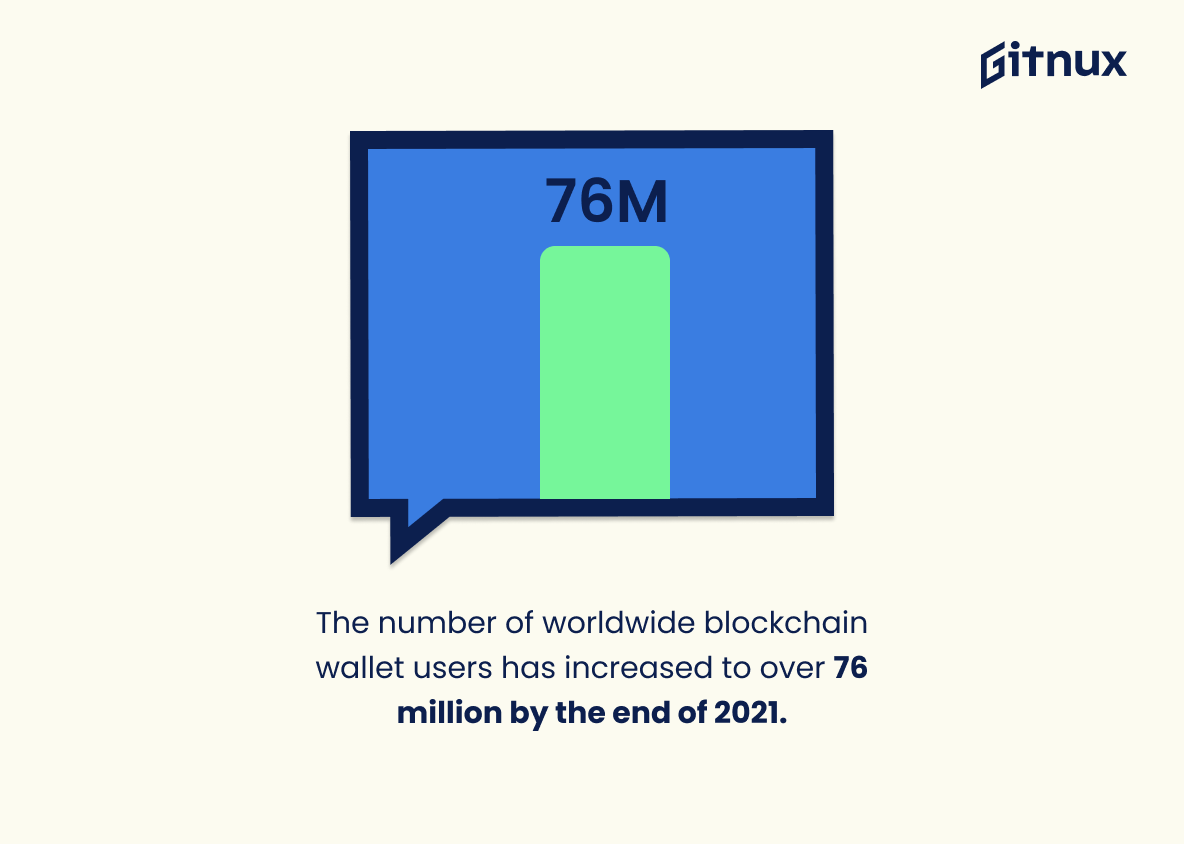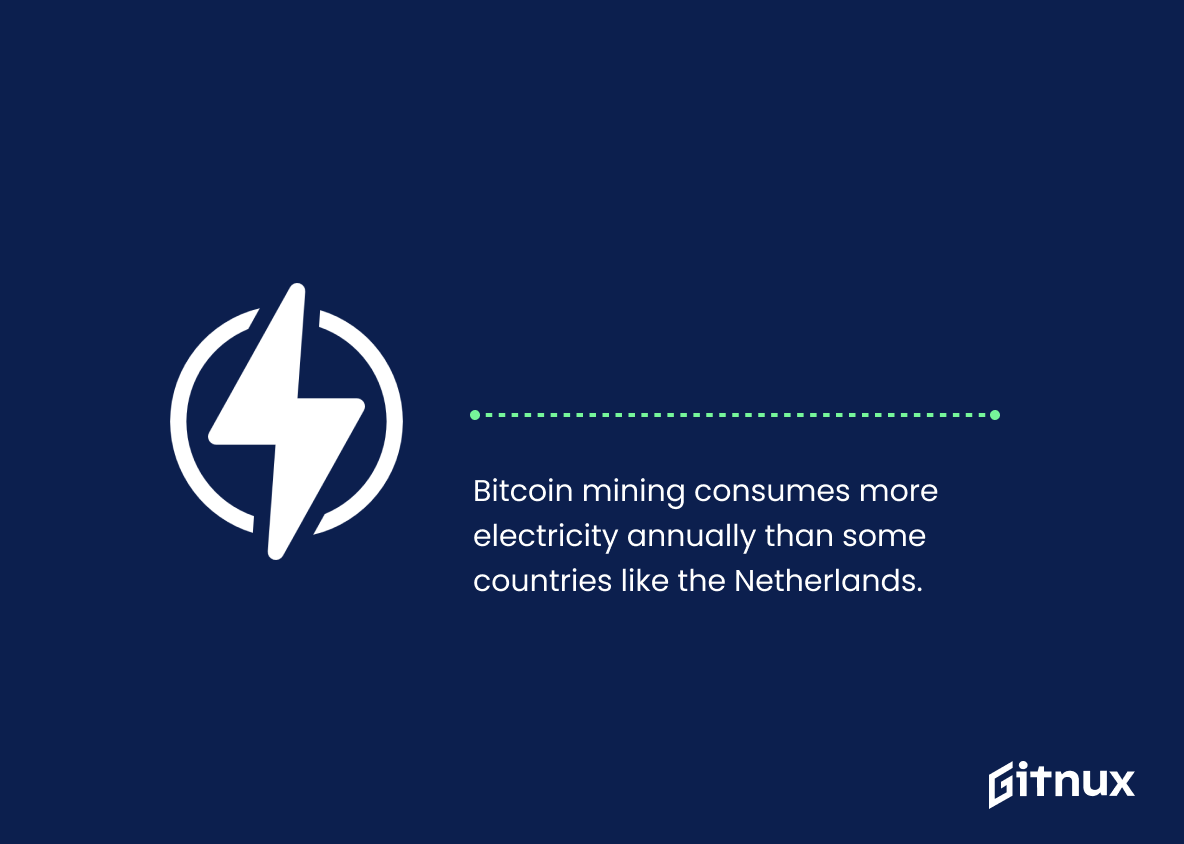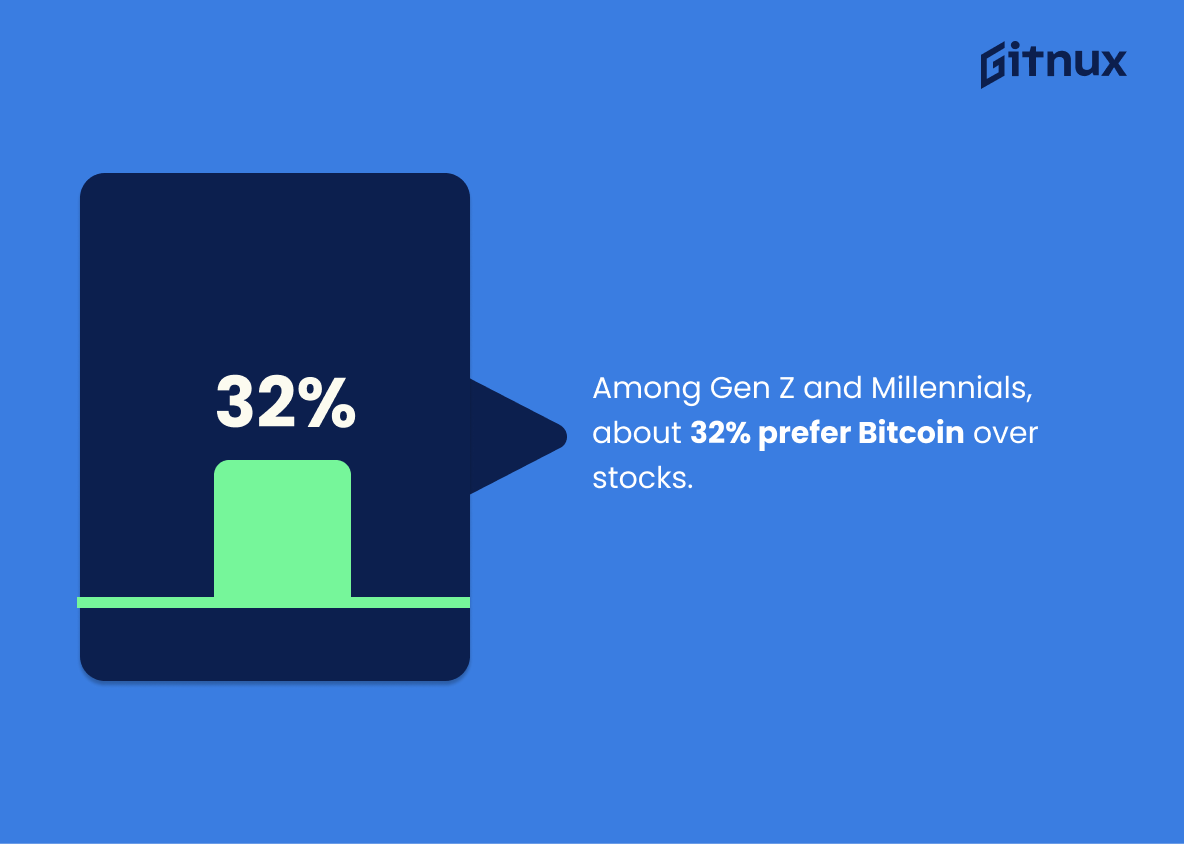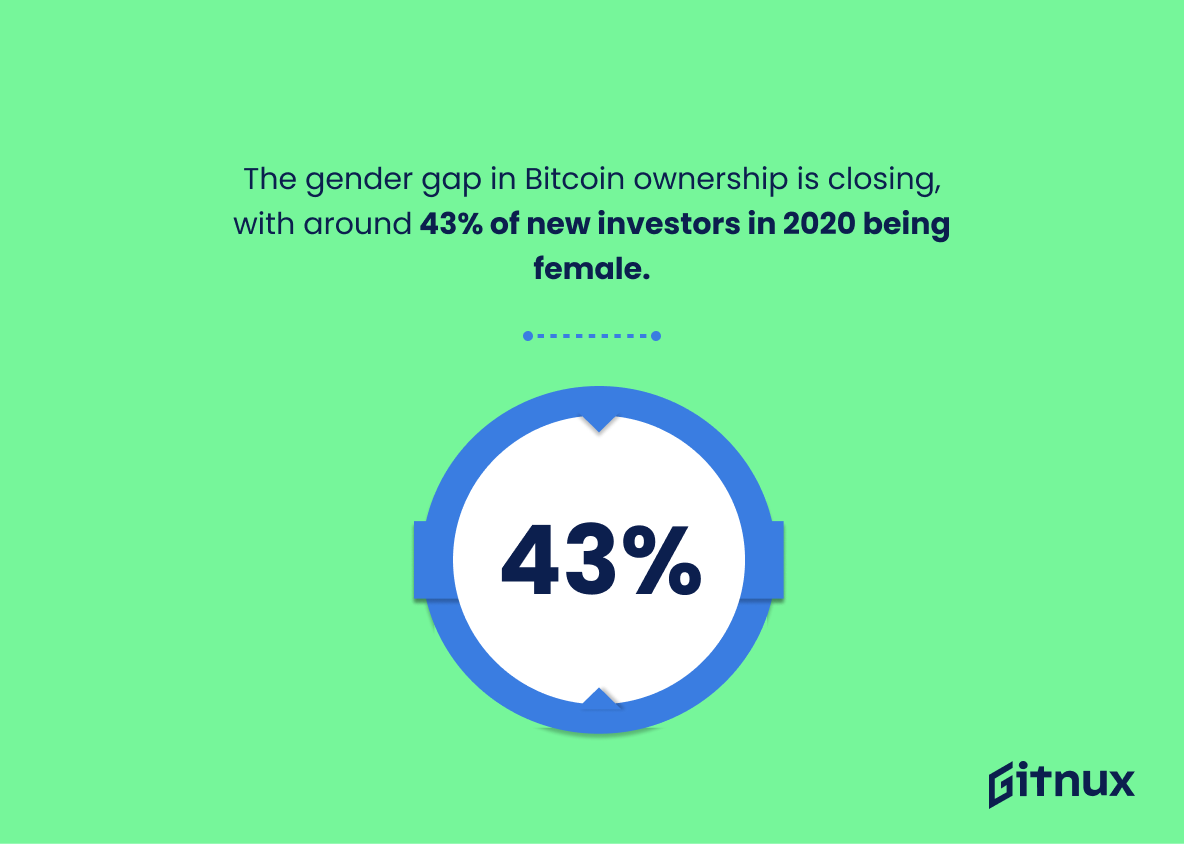In the ever-evolving digital world, the digital asset industry has taken a central role in defining how individuals and organizations manage, share, and capitalize on their digital resources. The rapid growth has been nothing short of fascinating, with remarkable worldwide impacts across various sectors.
In this blog post, we will delve into the latest statistics that are shaping the landscape of the digital asset industry. Whether you are an investor, a digital entrepreneur, or just intrigued by the increasingly digital-centric economy, this round-up of industry insights promises to enrich your understanding and provoke thought on the future trajectories in this burgeoning field.
The Latest Digital Asset Industry Statistics Unveiled
As of 2021, the total market size of digital assets globally reached USD $2 Trillion.
Gazing through the prism of numbers, an extraordinary revelation unfolds – the digital assets globally have swelled to a staggering total market size of USD $2 Trillion as of 2021. When this numerical euphoria is painted on a canvas of a blog post about the Digital Asset Industry, it breathes life into a compelling story. It whispers of the escalating acceptance of digital assets around the world, underlining their increased usage and acceptance amongst the masses.
Furthermore, this robust market valuation crystallizes the enormity and influence of this industry, encouraging interested players to delve deeper into its intricacies. This prominent number sparks compelling discussions about trends, future prospects, and the impact of the digital asset industry on the global economic landscape.
Coinbase, a digital assets exchange, serves over 56 million registered users.
Highlighting the fact that Coinbase, a leading digital assets exchange, boasts over 56 million registered users illuminates the expansive influence and reach of the digital asset industry. This substantial figure underpins the proliferation of digital assets and underscores their growing acceptance as a mainstream form of investment. Such data provides an accurate scale of enthusiasm and trust consumers are instilling in digital assets, demonstrating the industry’s vitality and potential for continued growth.
40% of users on digital asset exchanges use them for non-speculative purposes.
Delving into the ecosystem of Digital Asset Exchanges, it adds an intriguing layer when we uncover that 40% of users are interacting with exchanges for non-speculative purposes. This unearths a vibrant community that relies on crypto exchanges not merely as a gambling platform but as a legitimate and necessary tool. It could encompass everything from getting access to digital assets for business process to making purchases or as part of a long-term investment strategy.
A statistic like this offers a fresh perspective and expands the conversation beyond common assumptions, highlighting the practicality and utility of exchanges. This diverse user motivation sparks an in-depth understanding of the end user, opening up opportunities for tailored content, strategic partnership, and innovation in service provision. It underscores that, contrary to popular belief, the industry is not solely fueled by speculative trading but is also making strides in everyday utility and adoption.
About 60% of traditional enterprises are considering integrating blockchain technology.
Highlighting the statistic that approximately 60% of traditional businesses are contemplating blockchain technology integration carries significant weight in our discourse surrounding the Digital Asset Industry. It not only underscores the rising acceptance and potential diversification in the use of this revolutionary technology, but also indexes a promising shift in the mainstream business landscape.
With emerging technologies rapidly redefining today’s economy, this figure provides an insight into the ongoing synergy between conventional enterprises and digital transformation. Furthermore, given the potential impact on market dynamics, growth predictions, and competitive strategy within the Digital Asset Industry, the mentioned statistic fosters a vivid understanding of the emerging trends, subsequently shaping efficient planning and future-readiness.
About half of the high-net-worth individuals globally see digital assets as an investment opportunity.
Highlighting that approximately half of the global high-net-worth individuals perceive digital assets as a potent investment avenue is crucial in a blog post about the Digital Asset industry. It not only underscores the increasing acceptance of these assets within affluent investor circles but also illustrates the shifting wealth trends.
This change in investment patterns paints a picture of a financial landscape where digital assets are not just more mainstream, but could also shape the future. The strength of these cohorts to influence markets significantly cannot be understated, suggesting that the digital assets landscape stands on the cusp of explosive growth.
An estimated 106 million people worldwide own some form of digital asset.
Illuminating the vast and rapidly expanding universe of digital assets, the stunning figure asserts that an estimated 106 million people globally have claimed ownership of some digital asset. This is not merely a digit or decimal in an arcane statistical report; rather, it’s a testament to the global acceptance and adoption of digital assets.
Within the digital asset industry, it underlines the vitality that is pulsating through its veins, visually converting casual observers into committed participants. Like signposts on a trail, this statistic guides us through the dynamic landscape of this industry, hinting at potential growth horizons and the undeniably strengthening foothold of digital assets in mainstream economies.
The blockchain technology market size was valued over $3.67 Billion in 2020.
Evoking the awe-inspiring imagery of an Everest-like financial summit, the blockchain technology market’s value surged beyond the colossal heights of $3.67 billion in 2020. This commanding statistic is a golden beacon when exploring the uncharted territories of the Digital Asset Industry, shining a light on the burgeoning growth and significance of this sector. It accentuates the fact that blockchain, the magic weaver behind digital assets and cryptocurrencies, is evolving from an experimental technology to an industrial titan.
This soaring valuation not only underscores the staggering amount of investment pouring into the blockchain sector, but also paints a vivid picture of the increasing acceptance, and hence, expansive growth potential of the Digital Asset Industry. It is a compelling testament of our future – a world getting ever more intertwined with digital currencies and assets, bearing the promise of a transformative shift in the way we carry out financial transactions and business operations.
Approximately 25% of all Bitcoin users reside in North America.
Highlighting that roughly a quarter of all Bitcoin users are based in North America showcases the substantial interest and adoption of digital assets in this region. This data point shines a light on the geographical distribution of Bitcoin users, illustrating that the digital asset industry is not a globally uniform phenomenon but varies significantly across regions.
This in turn, may shape the market dynamics, regulatory landscape, and innovative strides within the industry. From an investment or business perspective, understanding such demographic information could provide valuable insights into potential growth areas or markets in the digital asset industry.
Over 24 million Bitcoin addresses were active during Q1 2022.
Capturing the pulse of the digital asset industry, the robust activity of over 24 million Bitcoin addresses in Q1 2022 serves as an incredible testament to the growing embrace of cryptocurrencies. This surge exemplifies not just an appreciation of Bitcoin’s potential, but characterizes the accelerating adoption curve, bringing an assertive spotlight on the vibrant dynamism of the industry.
Delving into this statistic, one can envision the manifold layers of interaction and transaction behind these millions of active addresses, thereby underscoring the extensive influences this potent digital asset exerts within the evolving economy. A blog post about Digital Asset Industry Statistics would undoubtedly find such information invaluable, emblematic of the broader groundswell in digital asset participation that it seeks to chronicle and analyze.
Ethereum’s market cap is approximately $170 billion as of 2022.
Painting the vibrant landscape of the digital asset industry, one simply cannot overlook the towering testament of Ethereum’s market cap, approximately $170 billion as of 2022. This awe-inspiring figure not only showcases Ethereum’s financial clout but also underscores its transformative impact within the digital assetic sphere.
Ethereum, second to Bitcoin, has always dominated the conversation, and this enormous market cap cements its role as a groundbreaking force in the industry. It speaks volumes about the gained trust and growing interest of investors within the space. In essence, this figure is a clarion call to industry watchers and participants about improved blockchain use-cases, the adoption rate of technological innovation, its potential, and the robustness of the digital economy.
Hence, it is impossible to capture the pulse of today’s digital asset industry without highlighting the commanding presence of Ethereum market cap. A full-blown discussion around this figure provides an eye-opening insight into the industry’s scale, potential growth, and the exciting future of digital assets.
Approximately 46 million Americans own Bitcoin, representing 17% of the adult population.
In the realm of digital asset industry statistics, the figure of 46 million American Bitcoin owners, equivalent to 17% of the adult population, serves as a striking beacon of adoption. This underpins the growing acceptance and prominence of cryptocurrencies in today’s financial system. Stepping beyond the shadows of skepticism and volatility, Bitcoin, along with other digital assets, is impressively carving out a corner in the wallets of millions of Americans.
This penetration into the fabric of mainstream economy is more than a passing trend—it echoes the evolving dynamics of the financial markets, the drift towards decentralization, and the tangible potential Bitcoin holds for the future of our digital economy. As such, this data fuels the discourse around cryptocurrency, shaping its understanding, investment patterns, regulatory perspectives, and its eventual mainstream acceptance.
The number of worldwide blockchain wallet users has increased to over 76 million by the end of 2021.
The astounding rise to over 76 million global blockchain wallet users by the end of 2021 serves as a powerful testament to the burgeoning significance of the digital asset industry. It flings open the doors of perception, showcasing the growing acceptance and appetite for digital assets across the globe. This indicator not only underscores the industry’s accelerating growth trajectory but also acts as a convincing gauge of the increased confidence in blockchain technology and digital assets.
Thus, it offers an irresistible allure for investors, tech enthusiasts, and even casual users who are beginning to see the potential of this digital revolution. Leveraging this information, businesses and strategists can frame more dynamic, proactive plans to tap into the rising wave of enthusiasm around digital assets and blockchain.
Bitcoin mining consumes more electricity annually than some countries like the Netherlands.
Highlighting statistics like ‘Bitcoin mining consumes more electricity annually than some countries like the Netherlands’ showcases a striking aspect of the digital asset industry. This vivid comparison counters any notion of the crypto-mining as a side activity, instead positioning it as a heavy-weight contender in global energy consumption stakes. In effect, it throws a spotlight on the potential environmental impact of the digital asset industry, hinting at its carbon footprint.
Consequently, this intriguing statistic underscores an urgent need for sustainable practices within the industry, leading to a broader discussion about the intersection of technology, economics, and ecology. Thus, it adds a powerful layer to the exploration of the breadth and depth of the digital asset industry in any analytical discourse.
Among Gen Z and Millennials, about 32% prefer Bitcoin over stocks.
The highlighted statistic – that 32% of Gen Z and Millennials prefer Bitcoin over traditional stocks – delivers a potent message about the future of the digital asset industry. It paints a vivid portrait of a generational shift, where a substantial percentage of younger populations are exhibiting a visceral affinity for virtual currencies.
In this arena of digital asset industry statistics, this statistic provides the impetus for deep introspection. It probes traditional industries to rethink and reimagine their strategies, while also nudging the crypto-entrepreneurs to amplify their engagement and innovation to harvest this growing interest. This underlying message of transformation furthers the pertinence of this statistic in the grand narrative of the blog post.
The gender gap in Bitcoin ownership is closing, with around 43% of new investors in 2020 being female.
The evolution of the digital asset landscape is significantly influenced by the increased participation of female investors in Bitcoin in 2020. This invigorating shift paints a more balanced and diverse picture of the digital asset industry, combatting the once dominant narrative of a male-centric space. This shift towards parity signals an expanding appeal and accessibility of Bitcoin specifically, and digital assets generally, to a broader demographic.
Consequently, this could potentially induce further growth scenarios and novel innovations within the digital asset industry, making the landscape more dynamic and representative of varying financial preferences, risk appetites, and investment strategies. Truly, the narrowing gender gap in Bitcoin ownership illustrates a progressive and welcoming stride in making the digital asset industry more inclusive and comprehensive.
Currently, over 4,000 cryptocurrencies are traded worldwide.
Highlighting the fact that over 4,000 cryptocurrencies are being traded globally gives us a panoramic view of the dynamic and diverse nature of the digital asset industry. In the pulsating heart of the digital world, this number is a testament to the booming growth and acceptance of digital assets, echoing the seismic shift from traditional to digital finance.
From a small start-up to a keen investor, this number navigates them through the vast sea of opportunities waiting to be explored. Moreover, it serves as a compass, pointing towards the future that’s being unearthed – a future dominated by digital transactions, paving a road of numerous possibilities to a financially inclusive and decentralized world.
46% of crypto owners purchased their first cryptocurrency in 2020 or later, indicating recent growth in the digital asset industry.
The infusion of dynamism in Digital Asset Industry Statistics is aptly mirrored through the statistic showcasing a robust 46% of cryptocurrency owners sparking their crypto journey in 2020 or later. This figure exhibits not just the surge in interest and participation in the cryptocurrency universe, but also unfurls the increasing recognition of cryptocurrency as a formidable, stable and substantial investment avenue.
The mushrooming number of crypto-enthusiasts is a promising sign towards a flourishing digital asset industry, signaling a shift in investment patterns, and indicating a growing acceptance of digital currencies. Thus, this statistic serves as a crucial yardstick to measure the growth burst in the crypto domain.
Conclusion
Collectively, the exponential growth and diversity of the digital asset industry signify its substantial potential for both investors and businesses. The statistics underscore the expansive influence of digital assets not only in the financial sector, but also in a variety of industries, playing a crucial role in the digital economy. As technology continues to evolve and reshape our world, understanding and staying abreast of these trends and numbers become even more important.
While the digital asset marketplace remains a dynamic and challenging arena, it is also a goldmine for those who are willing to familiarize themselves with its pattern and seize corresponding opportunities. With the right knowledge and strategies, the future of digital assets could prove to be a game-changer in investment and wealth generation.
References
0. – https://www.coinmarketcap.com
1. – https://www.www.chainalysis.com
2. – https://www.www.statista.com
3. – https://www.cointelegraph.com
4. – https://www.www.independent.co.uk
5. – https://www.www2.deloitte.com
6. – https://www.statisticsanddata.org
7. – https://www.aithority.com
8. – https://www.news.bitcoin.com
9. – https://www.www.alliedmarketresearch.com
10. – https://www.decrypt.co
